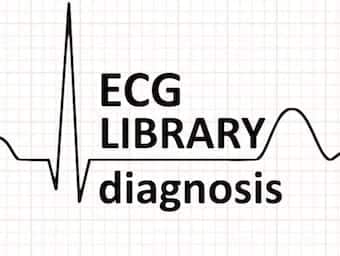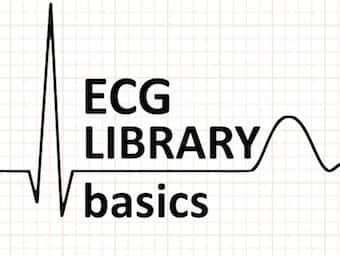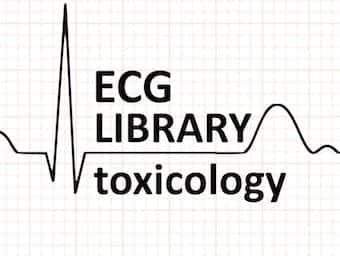
Hypothyroidism
ECG features of hypothyroidism (myxoedema) main triad: Bradycardia; Low QRS voltage; Widespread T-wave inversion

ECG features of hypothyroidism (myxoedema) main triad: Bradycardia; Low QRS voltage; Widespread T-wave inversion

A review of the ECG changes seen in hypothermia. Hypothermia is defined as a core body temperature of < 35 degrees centigrade

ECG changes in Hypocalcaemia. QTc prolongation primarily by prolonging the ST segment. Dysrhythmias are uncommon

Hyperthyroidism and the most common ECG changes seen with thyrotoxicosis including Sinus tachycardia, AF and High left-ventricular voltage

Hyperkalaemia causes progressive conduction abnormalities on the ECG, most commonly manifesting as peaked T waves and bradycardia

A review of the ECG features of hypercalcemia. The main EKG abnormality seen with hypercalcaemia is shortening of the QT interval

Fusion beats associated with Ventricular tachycardia and Accelerated idioventricular rhythm (AIVR). Dressler beat (1952 - William Dressler)

Ventricular Escape Rhythm. Ventricular rhythm with rate of 20-40 bpm.QRS complexes are broad (≥ 120 ms) +/- LBBB or RBBB morphology

Digoxin toxicity ECG changes with dysrhythmias. Review of EKG features of digoxin toxicity and cardiotoxicity with example EKG

ECG examples of digoxin effect cardiotoxicity. Downsloping ST depression with a characteristic "Salvador Dali sagging" appearance.

ECG Features of Dextrocardia: Including RAD; Positive QRS complexes; Absent R-wave progression; and global negativity

A review of the ECG abnormalities seen in chronic lung disease (CLD) such as Chronic Obstructive Pulmonary Disease (COPD)